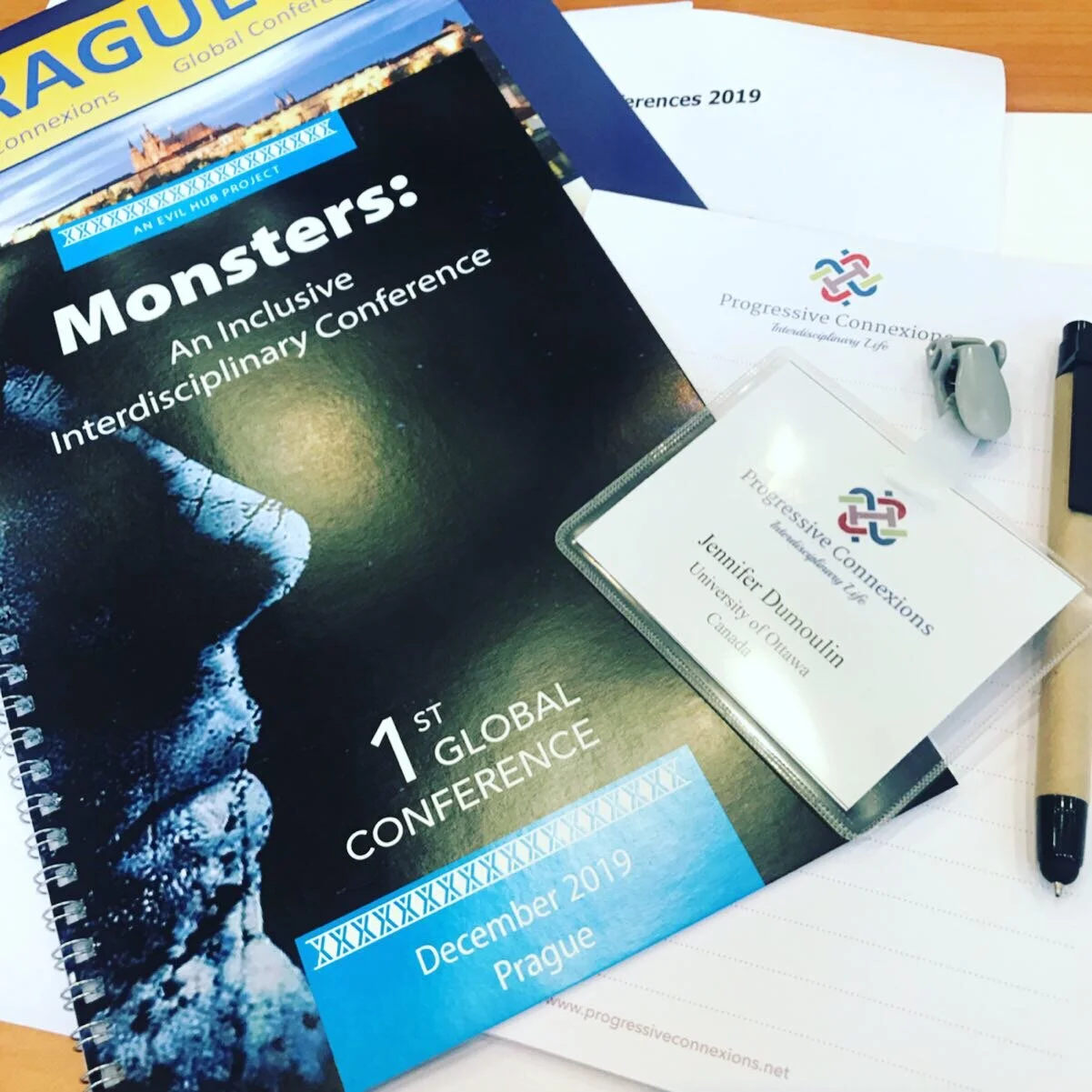On September 11, 2001, two hijacked planes crashed into the North and South towers of the World Trade Center in New York City. A third plane crashed into the Pentagon in Washington, D.C., and a fourth crash-landed in a field in Pennsylvania. The World Trade Center towers, affectionately known as the Twin Towers, collapsed mere hours after impact. Two years after this tragic event occurred, CNN’s Phil Hirschkorn (2003) noted that the revised death toll of September 11 totalled 2,752 individuals, not including the 10 hijackers who crashed the airplanes.
The purpose of this essay is to determine how television might negatively affect democracy, politics, and government policy in the United States of America following the terror attacks of 9/11. In order to do so, this study begins by briefly examining the development of television technology and the origins of political broadcasting in the United States. This is followed by a discussion of theories on the negative effects of television news media on interpersonal trust, political trust, and policy support. After examining the effects of varying media forms, this essay shifts its focus to a post-9/11 evaluation of news media in the United States in order to examine the degree of influence that the media may have had on government policies, political attitudes, and public opinion. The essay concludes by discussing potential future impacts of information communication technologies on democracy, politics, and government.
Read More





